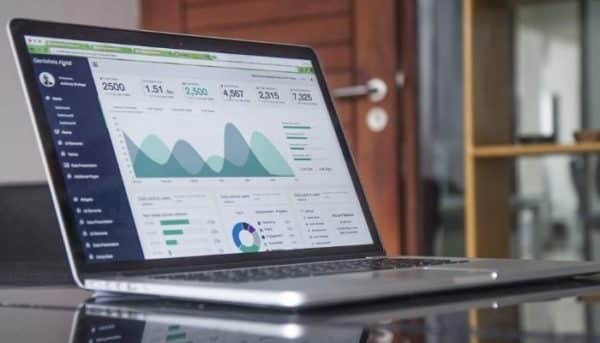Digital Focus: The Recipe for B2B Success
The pandemic has disrupted ordering, marketing and more – now, B2B sellers must adapt to a new digital reality.
Australian B2B sellers have been adding digital solutions and capabilities to their arsenals for some time now. But the advent of the coronavirus pandemic has generated a newfound sense of urgency.
“COVID-19 has been the great accelerant,” says Brian Walker, CEO of the Retail Doctor Group.
Digital selling tools that were cutting-edge a few months ago have suddenly become the norm, while business -to-business advertising has migrated online seemingly overnight. Against this backdrop, the launch in Australia in recent months of online B2B product directories and wholesale trading platforms makes clear the new digital paradigm is here to stay.
These are the top five reasons B2B sellers need to be investing in digital to survive and thrive in these unprecedented times.

Brian Walker, Retail Doctor Group
1. Your competitors are already investing in digital infrastructure.
“Since the pandemic began, we have been getting more enquiries than ever before from companies – particularly in the FMCG space – who want to enhance their digital capabilities,” says Brian, whose Retail Doctor Group consults with hundreds of B2B and B2C companies annually. He states that most of the business-to-business sellers he’s spoken with this year have accepted the traditional sales model – which involves representatives visiting bricks-and-mortar stores and taking orders – is obsolete.
“Most companies recognise that, over time, this administrative function will be taken out of the hands of humans completely,” says Brian. Already, far fewer sales agents are visiting physical stores: McKinsey & Company recently surveyed B2B businesses across 11 countries in seven sectors and across 14 categories of spend, and found almost 90 per cent of sales had already moved to video-conferencing, phone or web.
2. B2B advertising is rapidly moving online.
B2B advertisers have long relied on physical media, such as trade journals, pamphlets and mailouts. But COVID-related disruptions to physical distribution channels – including delays in the postal system – are forcing many B2B sellers to re-think their tactics. Marketing journal The Drum recently published findings from eMarketer showing that B2B digital ad spend in the United States will soar 22.6 per cent this calendar year to a whopping US$8.14 billion ($11.1 billion). “The conditions of COVID-19 are really forcing B2B marketers to realise that they need to accelerate their transformation into digital,” says Jillian Ryan, eMarketer principal analyst covering B2B and marketing transformation. What’s even more striking is this increase in digital ad spend is occurring while the overall US B2B ad spend plummets 9.6 per cent to US$21.42 billion ($29.2 billion), which means businesses are spending much more on digital channels at a time when their advertising budgets are being slashed.

3. B2B buyers increasingly want to ‘do it themselves’.
It’s perhaps not surprising that in this era of social distancing and stay-at-home orders, B2B buyers are increasingly asking for ‘hands off’ solutions when it comes to ordering new product lines and re-stocking existing ones. What is remarkable is just how strongly B2B buyers feel about the topic. McKinsey & Company’s recent survey found that when making a purchase, buyers rated B2B sellers’ mobile apps as more than twice as important as they were just one year ago. According to McKinsey, this finding is in keeping with a growing preference towards self-service that has been growing since 2016 and has been turbo-charged by COVID-19.
4. Digital excellence builds customer loyalty.
Brian says the buyers of today – many of whom grew up using computers and the internet – view a strong digital presence as just as important as a well-groomed store-to-store salesperson. And McKinsey & Company backs him up: results of its surveying showed that those suppliers who provide outstanding digital experiences to their buyers are more than twice as likely to be chosen as a primary supplier than those who provide poor experiences. McKinsey notes that, among survey participants, the importance of a supplier’s web page hadn’t changed much in the past year, but this is likely because B2B buyers were already utilising supplier web pages in their purchasing journeys.

5. Digital solutions save B2B buyers money.
In 2020, almost everyone is doing it tough – and the confirmation that Australia has entered its first recession in 30 years simply underscores how deep the pain cuts. In this environment, B2B sellers can endear themselves to B2B buyers in one very simple way: by saving them money. “Digital supply channels enable B2B buyers to get products faster – which minimises empty shelves – and for a lower price,” says Brian. “And, with real-time tracking and inventory management, retailers can minimise wastage and better analyse sales trends.”
By helping your buyers, you’re helping yourself, too.
List your business on the Naturally Good Product Directory and put your product in front of an extensive and targeted retail buyer audience, all at the click of a button. List your business here today.
-
Enquire!
- Book a stand
